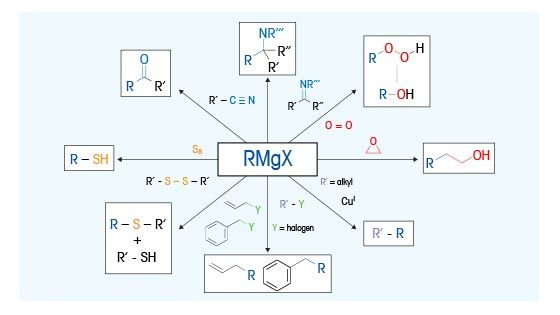This research is focused on the development of an optimized route for an aromatic nucleophilic substitution reaction, coupling aminopyridine (3) and chloropyrimidine (7). The product of the reaction is an important intermediate compound in the overall synthesis of the drug Palbociclib.
The research investigated different approaches to coupling the two reagents, and route-dependent mechanisms were postulated. The development of a clinical manufacturing route involved coupling by a strong base, LiHMDS. Though yields were acceptable, the requirement for 2+ equivalents of the aminopyridine intermediate was not ideal. Furthermore, one significant impurity was formed by this reaction, which was found to be a dimer of the product molecule. Coupling with a Grignard base, i-PrMgCl, resulted in good yield without the formation of the dimer.
In situ FTIR measurements provided insight into the kinetics and mechanism of both the LiHMDS and i-PrMgCl (Grignard) coupling reactions. Also, ReactIR measurements in the LiHMDS coupling reaction revealed the formation of an imino intermediate , which was postulated to undergo internal rearrangement, forming the product molecule. This imino compound was not observed by in situ FTIR for the Grignard coupling reaction.
Duan, S., Place,D.,Perfect, H., Ide, N., Maloney, M., Sutherland, K., Price, Wiglesworth, K., Wang, K., Olivier, M., Kong, F., Leeman, K., Blunt, J., Draper, J., McAuliffe, M., O’Sullivan, M., Lynch, D., “Palbociclib Commercial Manufacturing Process Development. Part I: Control of Regioselectivity in a Grignard-Mediated SNAr Coupling”, Org. Process Res. Dev. 2016, 20, 1191−1202. https://pubs.acs.org/doi/10.1021/acs.oprd.6b00070


























